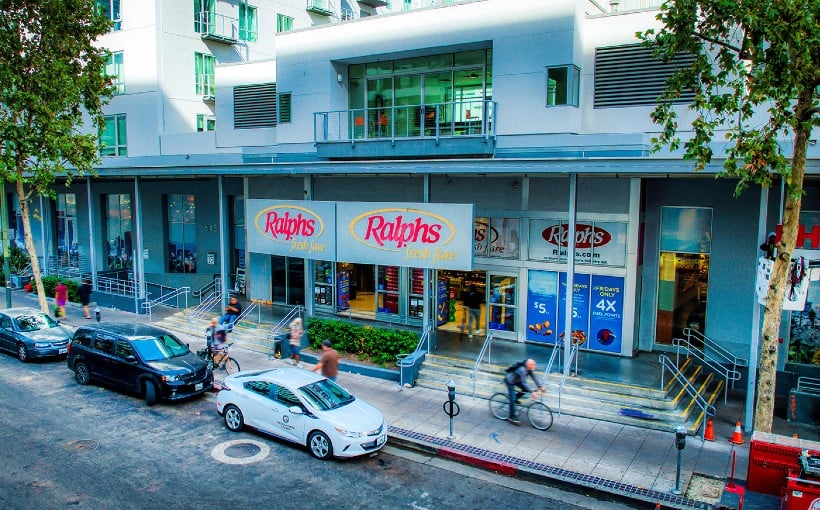Paul Phillips, the chief technology officer at Eptura, discusses the ongoing trend of remote work and its impact on workplace dynamics. According to Eptura’s “2023 Workplace Index,” there are five key takeaways from this trend:
1. In-person meetings are still valued by employees as shown by an increase in visitors and check-ins per office location.
2. More people are interested in face-to-face collaboration as seen through an increase in days booked for office use.
3. Mid-week is a popular time for in-office meetings with Tuesdays, Wednesdays, and Thursdays being the most common days for employees to come into work.
4. Asset-dependent businesses should focus on preventative maintenance strategies rather than reactive repairs.
5. Efficient space management can help reduce building CO2 levels.
Phillips emphasizes that hybrid work models have resulted in fluctuating demand for office spaces globally – some regions experiencing increases while others see decreases due to factors such as economic growth or industry trends like tech-heavy cities leaning towards remote work options.
To effectively manage these changes, building owners and managers must adapt their facilities management strategies to accommodate flexible workspace solutions that cater to varying demands throughout the week or even day-to-day bookings.
Additionally, utilizing technology such as visitor management systems can provide real-time data on space usage which can inform decision-making processes regarding resource allocation.
Moreover, focusing on sustainable practices not only benefits environmental concerns but also addresses social issues within organizations such as employee treatment which ultimately impacts retention rates and occupancy levels.
Overall,the rise of both return-to-work mandates and continued interest in remote work highlights a need for adaptable workspace solutions that optimize space utilization while enhancing asset performance.Through implementing these insights from Eptura’s report,businesses can foster a more sustainable workplace environment while meeting changing demands of today’s workforce landscape.Paul Phillips concludes by stating that proactive measures based on these findings will lead to better outcomes overall – reducing costs associated with reactive repairs and creating a more efficient and sustainable workplace.




